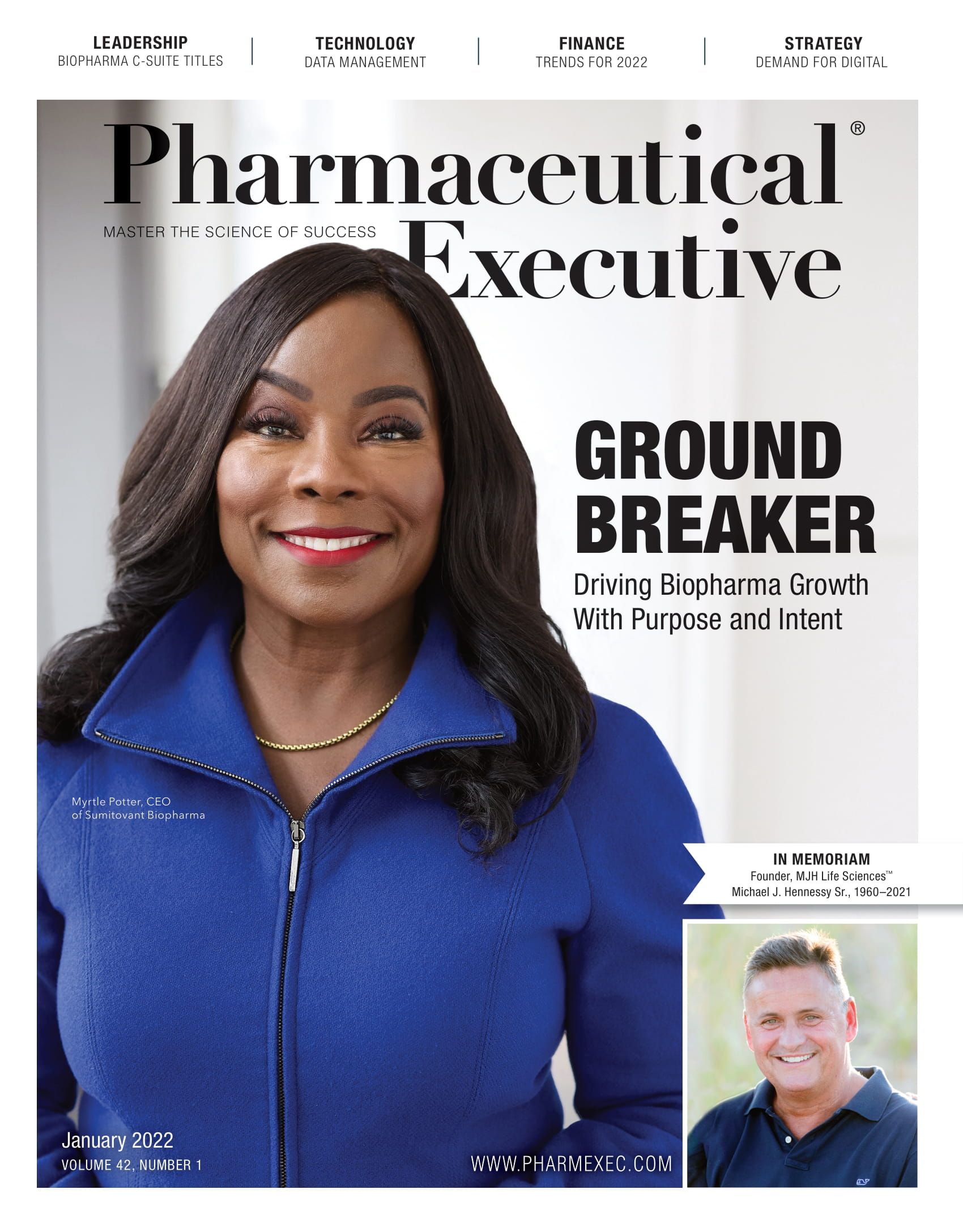Empowered Patients Demand Digitalization, Make Mark on Pharma
Need for greater transparency and access fuels Big Tech’s presence.

Back in 1994, I wrote a paper for my freshman seminar on Walmart’s expansion into every state in the United States except for Vermont. At the time, I was attending the Vermont-based school Middlebury College. My paper was primarily focused on how Walmart was killing American downtowns, putting smaller shops out of business by using its immense buying power and influence. At the time, Vermont had succeeded in keeping Walmart at bay via environmental law, but there was an inevitability associated with the company’s expansion. Significantly cheaper prices, one-stop shopping, and more options drew consumers out to its superstores in droves. Less than a year later, in 1995, a 90,000-square-foot supercenter was open for business in Berlin, Vt.
On Sept. 21, 2006, Walmart set its sights on the healthcare industry. “Each day in our pharmacies we see customers struggle with the cost of prescription drugs,” said Walmart CEO H. Lee Scott, Jr. “By cutting the cost of many generics to $4, we are helping to ensure that our customers and associates get the medicines they need at a price they can afford. That’s a real solution for our nation’s working families.” Tough to argue with that. A financial incentive and also clearly defining the struggle that Americans were having with insurance plans—this was likely a decisive moment in the history of the consumerization of healthcare.
Speaking of key moments: In 1997, the pharma industry nudged consumerization into motion, which we can safely call irony at this point. In an effort to find a solution to managed care’s increasing restrictions on healthcare professionals’ preferred drug prescribing, pharma pushed FDA for direct to consumer (DTC) advertising. Subsequently, consumers saw branded and unbranded ads and promotions, and as disease awareness and product brand recognition increased, they did as suggested—empowered patients “asked [their] doctor” for a certain drug, and soon revenue and profits skyrocketed. Lifestyle drugs only enhanced this theme. An object in motion stays in motion, according to Newton.
A characteristic of empowered patients is having the ability to seek out health solutions on their own terms. And information of all kinds is at their fingertips via search engines, as well as social media platforms and networking channels, where conversations are nearly endless. At least 89% of consumers visit Google to search for symptoms, according to Eligibility. It’s quicker than waiting for a diagnosis from a doctor that might be weeks in the future. Empowered patients take it upon themselves to begin their journey by learning about possible issues, diseases, prevention, remedies, hospitals, physicians, etc. Empowerment is generally a good thing as empowered patients are more likely to stay on course, embrace adherence, and ultimately have better outcomes.
Today, because of increasing medical costs and high-deductible insurance plans, consumers are spending more of their own money. Naturally, consumers are more invested, so they desire a better experience with less friction, more transparency, and ultimately choices in how they address their health in terms of pricing, convenience, and quality of service. Often, the solutions lie outside the physical doctor’s office.
In 2019, Amazon went live with its pilot Amazon Care, first offering virtual care to its Seattle employees; and in September 2020, the company expanded access to employees across Washington and offered virtual/telehealth services to all of its employees as well as other employers in the entire United States. Amazon Care has a few components: 24/7 virtual care via the Amazon Care app; in-person care, in which a medical professional is dispatched to a patient’s home for additional care; and a prescription delivery service known as PillPack, which manages multiple prescriptions and sorts them into individual packets for customers.
With COVID-19, digitalization has arrived and found a home in pharma. Big Tech is continuing its approach, but now the opportunity is becoming clearer—Apple, Facebook, Microsoft, and Google have all approached the industry in some way or another. They’re looking to find their niches in the enormous healthcare market, and they’re looking to do it through consumerization. People are obsessed with these corporate tech brands. Recently, Pfizer, Moderna, and Johnson & Johnson have become average household topics of conversation, a historic first, but corporate pharma brands don’t carry anywhere near the same weight. The door, once cracked, is now opening for Big Tech.
Fran Pollaro is a Senior Editor for Pharm Exec. He can be reached at
fpollaro@mjhlifesciences.com.

The Misinformation Maze: Navigating Public Health in the Digital Age
March 11th 2025Jennifer Butler, chief commercial officer of Pleio, discusses misinformation's threat to public health, where patients are turning for trustworthy health information, the industry's pivot to peer-to-patient strategies to educate patients, and more.
Navigating Distrust: Pharma in the Age of Social Media
February 18th 2025Ian Baer, Founder and CEO of Sooth, discusses how the growing distrust in social media will impact industry marketing strategies and the relationships between pharmaceutical companies and the patients they aim to serve. He also explains dark social, how to combat misinformation, closing the trust gap, and more.